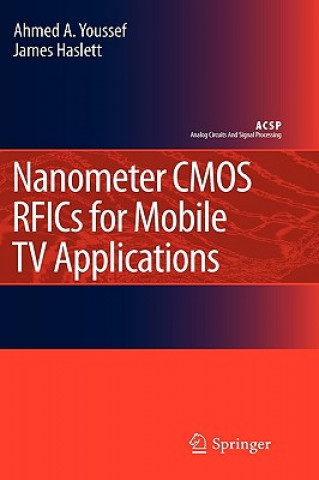
Kód: 01976618
Nanometer CMOS RFICs for Mobile TV Applications
Autor Ahmed A. Youssef, James Haslett
Nanometer CMOS RFICs for Mobile TV Applications focuses on how to break the trade-off between power consumption and performance (linearity and noise figure) by optimizing the mobile TV front-end dynamic range in three hierarchical ... celý popis
- Jazyk:
 Angličtina
Angličtina - Väzba: Pevná
- Počet strán: 200
Nakladateľ: Springer, 2010
- Viac informácií o knihe

139.57 €

Skladom u dodávateľa v malom množstve
Odosielame za 12 - 15 dní
Potrebujete viac kusov?Ak máte záujem o viac kusov, preverte, prosím, najprv dostupnosť titulu na našej zákazníckej podpore.
Pridať medzi želanie
Mohlo by sa vám tiež páčiť
-

Billy the Kid on Film, 1911-2012
68.09 € -

Zenith Hotel
12.59 € -13 % -

Unternehmenssteuerung im Umbruch
64.40 € -

Stile herrschen, Gedanken siegen, m. Audio-CD
79.36 € -

halbes Leben
33.99 €
Darujte túto knihu ešte dnes
- Objednajte knihu a vyberte Zaslať ako darček.
- Obratom obdržíte darovací poukaz na knihu, ktorý môžete ihneď odovzdať obdarovanému.
- Knihu zašleme na adresu obdarovaného, o nič sa nestaráte.
Viac informácií o knihe Nanometer CMOS RFICs for Mobile TV Applications
Nákupom získate 345 bodov
 Anotácia knihy
Anotácia knihy
Nanometer CMOS RFICs for Mobile TV Applications focuses on how to break the trade-off between power consumption and performance (linearity and noise figure) by optimizing the mobile TV front-end dynamic range in three hierarchical levels: the intrinsic MOSFET level, the circuit level, and the architectural level. It begins by discussing the fundamental concepts of MOSFET dynamic range, including nonlinearity and noise. It then moves to the circuit level introducing the challenges associated with designing wide-dynamic range, variable-gain, broadband low-noise amplifiers (LNAs). The book gives a detailed analysis of a new noise-canceling technique that helps CMOS LNAs achieve a sub - 2 dB wideband noise figure. Lastly, the book deals with the front-end dynamic range optimization process from the systems perspective by introducing the active and passive automatic gain control (AGC) mechanism.The RF front-end is the most fundamental building block of any wireless system. Nanometer CMOS RFICs for Mobile TV Applications brings together what IC design engineers need to know for the development of low-cost, wide-dynamic range RF front-ends for today s fastest growing communication markets. Drawing on their experience from both industry and academia, the authors use the emerging DVB-H mobile TV standard to provide readers with the step-by-step design progression of the described nanometer CMOS RFICs. §Nanometer CMOS RFICs for Mobile TV Applications focuses on how to break the trade-off between power consumption and performance (linearity and noise figure) by optimizing the mobile TV front-end dynamic range in three hierarchical levels: the intrinsic MOSFET level, the circuit level, and the architectural level. It begins by discussing the fundamental concepts of MOSFET dynamic range, including nonlinearity and noise. It then moves to the circuit level introducing the challenges associated with designing wide-dynamic range, variable-gain, broadband low-noise amplifiers (LNAs). The book gives a detailed analysis of a new noise-canceling technique that helps CMOS LNAs achieve a sub - 2 dB wideband noise figure. Lastly, the book deals with the front-end dynamic range optimization process from the systems perspective by introducing the active and passive automatic gain control (AGC) mechanism.§By describing in detail the physical realization of several 65 nm CMOS test chips, this book uncovers the practical challenges inherent in using nanometer CMOS technologies for RF circuit design and provides the solutions needed to overcome those challenges.
 Parametre knihy
Parametre knihy
Zaradenie knihy Knihy po anglicky Mathematics & science Chemistry Analytical chemistry
139.57 €
- Celý názov: Nanometer CMOS RFICs for Mobile TV Applications
- Autor: Ahmed A. Youssef, James Haslett
- Jazyk:
 Angličtina
Angličtina - Väzba: Pevná
- Počet strán: 200
- EAN: 9789048186037
- ISBN: 904818603X
- ID: 01976618
- Nakladateľ: Springer
- Hmotnosť: 414 g
- Rozmery: 243 × 166 × 18 mm
- Dátum vydania: 09. June 2010
Obľúbené z iného súdka
-

Schaum's Outline of Analytical Chemistry
36.14 € -

Handbook of Analytical Chemistry: Volume I
167.73 € -

Analytical Chemistry
134.04 € -

Basic One and Two Dimensional NMR Spectroscopy 5e
62.77 € -9 % -

Mass Spectrometry
158.62 € -

High Performance Liquid Chromatography in Plant Sciences
139.57 € -

Principles of Fluorescence Spectroscopy
133.73 € -
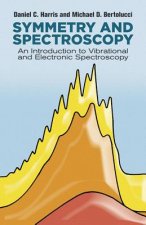
Symmetry and Spectroscopy
33.89 € -5 % -

Understanding NMR Spectroscopy 2e
76.18 € -

Principles of Instrumental Analysis
237.06 € -

Fundamentals of Analytical Chemistry
126.87 € -

Statistics and Chemometrics for Analytical Chemistry
83.45 € -

Applied NMR Spectroscopy for Chemists and Life Scientists
69.11 € -

Atomic Absorption Spectrometry
90.31 € -

Solid-State Laser Engineering
414.74 € -

NMR Spectroscopy - Basic Principles, Concepts and Applications in Chemistry 3e
90.83 € -8 % -

HPLC-MS Handbook for Practitioners
111.41 € -5 % -

Computational Materials Science
145 € -

Modern Spectroscopy 4e
89.60 € -
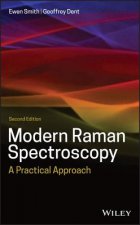
Modern Raman Spectroscopy
69.11 € -4 % -

Gas Chromatography and Mass Spectrometry: A Practical Guide
129.95 € -

Quantitative Chemical Analysis
91.13 € -1 % -

Beginners' Guide to Scanning Electron Microscopy
202.14 € -

Spin Dynamics - Basics of Nuclear Magnetic Resonance 2e
122.37 € -

Basic Atomic and Molecular Spectroscopy
28.56 € -

Atlas of Plastics Additives
214.64 € -

Radioactivity in the Environment
481.41 € -
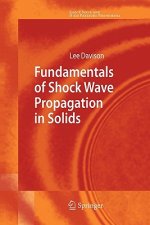
Fundamentals of Shock Wave Propagation in Solids
89.60 € -

Spectroscopy, Diffraction and Tomography in Art and Heritage Science
180.02 € -

Analytical Chemistry
39.93 € -
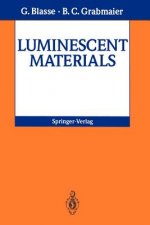
Luminescent Materials
214.64 € -

Practical Forensic Chemistry
66.45 € -

Analytical Chemistry, Seventh Edition International Adaptationl Adaptation
74.75 € -

Alkaloid Synthesis
363.44 € -
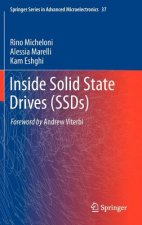
Inside Solid State Drives (SSDs)
170.29 € -
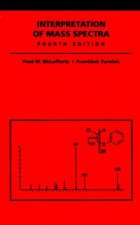
Interpretation Of Mass Spectra
94.51 € -

Application of ISO IEC 17025 Technical Requirements in Industrial Laboratories
58.57 € -3 % -

Thermoluminescence and Thermoluminescent Dosimetry
271.58 € -

Introduction to Focused Ion Beams
177.16 € -

Chromatographic Techniques in the Forensic Analysis of Designer Drugs
310.29 € -

Cross-Calibration of Far UV Spectra of Solar System Objects and the Heliosphere
139.57 € -

Cross-Calibration of Far UV Spectra of Solar System Objects and the Heliosphere
139.57 € -

Mass Spectrometry for the Novice
119.81 € -

Analytical Methods in Wood Chemistry, Pulping, and Papermaking
752.48 € -

Ex-vivo and In-vivo Optical Molecular Pathology
124.11 € -

Impedance Spectroscopy - Applications to Electrochemical and Dielectric Phenomena
156.26 € -

Electrochemical Impedance Spectroscopy and its Applications
72.80 € -

Analytical Chemistry: A Practical Approach
93.69 € -

Steroid Analysis
339.27 €
Osobný odber Bratislava a 2642 dalších
Copyright ©2008-24 najlacnejsie-knihy.sk Všetky práva vyhradenéSúkromieCookies


 21 miliónov titulov
21 miliónov titulov Vrátenie do mesiaca
Vrátenie do mesiaca 02/210 210 99 (8-15.30h)
02/210 210 99 (8-15.30h)